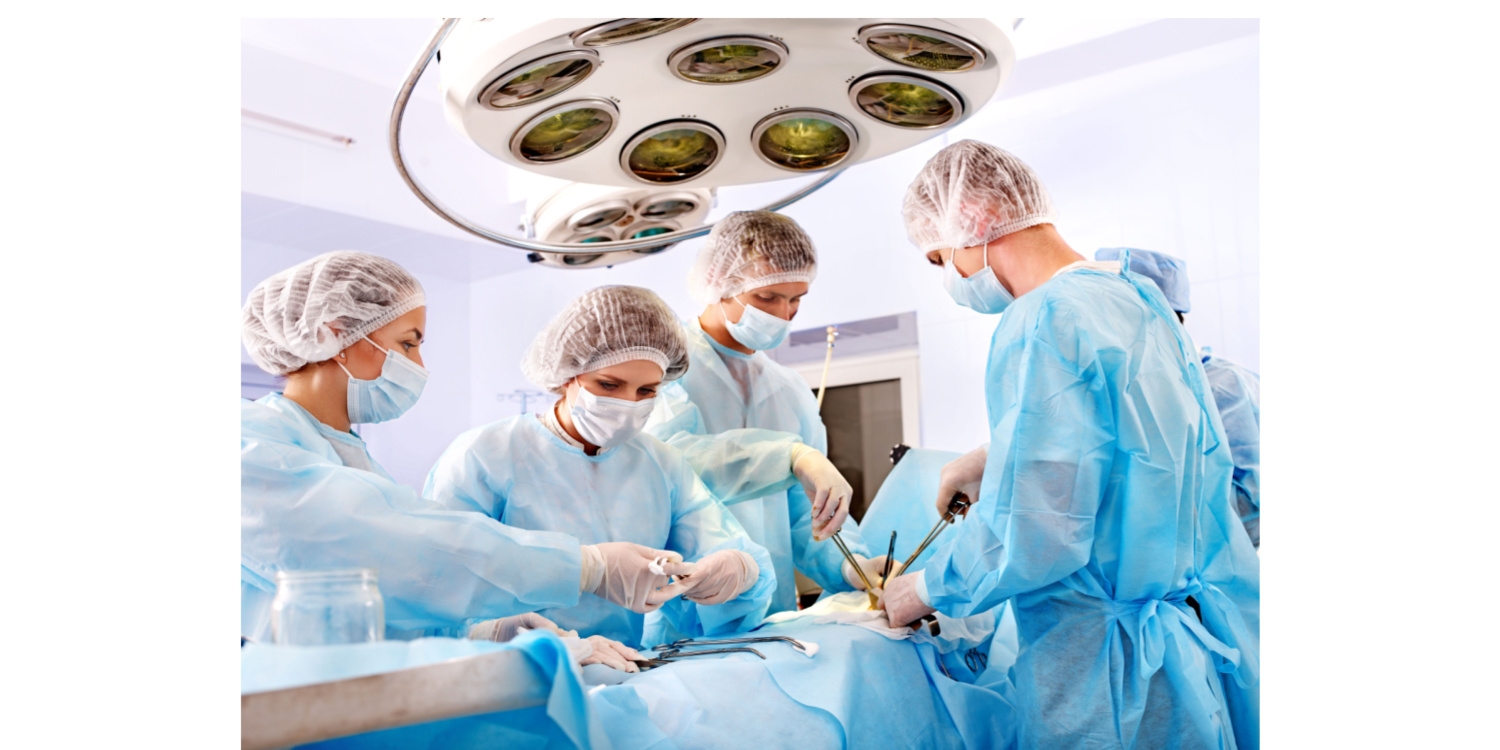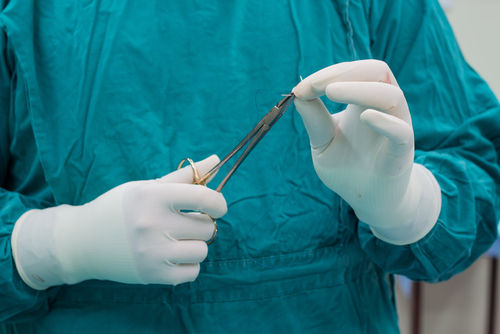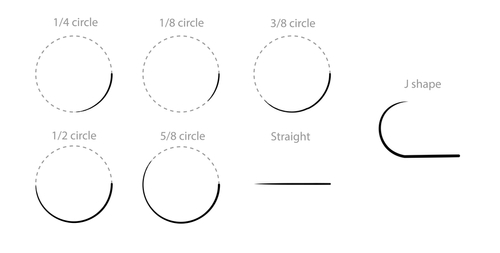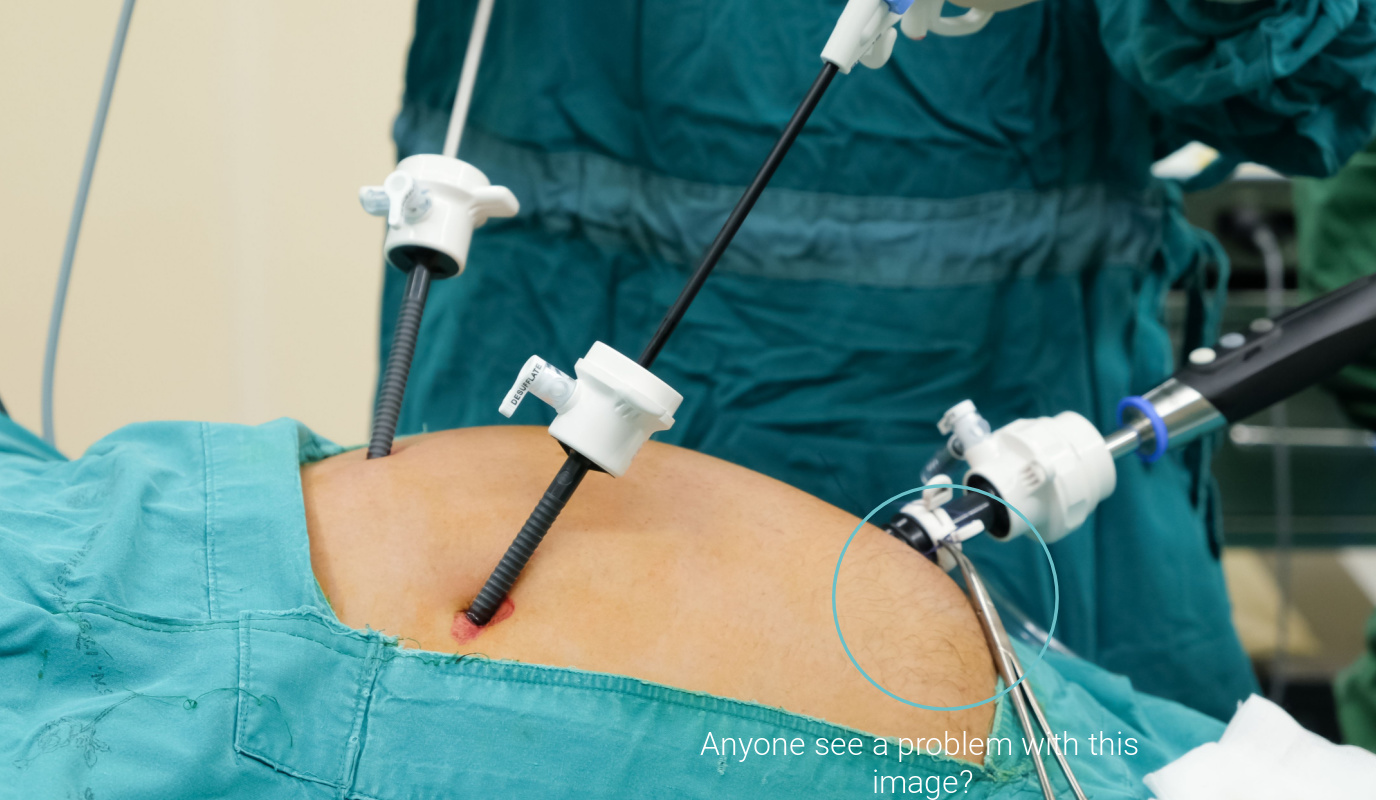
The OR is an environment where the room for error in minimal, time is critical and perfection is expected 100% of the time.
Situational Awareness that can have a significant impact on the flow of surgery, time & costs.
Situational awareness encompasses the ability to observe, listen, absorb and act swiftly.
A change in the environment can be sudden and simultaneous. Eg, a surgeon may have an uncontrolled bleeding vessel, whilst the anaesthetist is having problems securing a dislodged airway.
Distractions are the costly, which is why 100% attention should be focused on the patient and care delivery.
Each OR nurse/tech/ODP, should be aware of the environment in order to work as a team, prioritise and support the care required, in order to stabilise a situation.
Demonstrating situational awareness is critical to patient safety and team cohesiveness.
Recognising a change in the environment, and troubleshooting or prioritising a task prior to verbal direction can save time. An instrument nurse/tech/ODP may only need to move their eyes, in a certain direction, in order to communicate a task, to the circulator.
A circulator may use verbal and non-verbal communication to the instrument nurse/tech/ODP if there is an observation that is of concern, such as low irrigation fluids, especially if the surgeon has a bleeding vessel.
Timing is key and costly.
If the need to obtain a bag of fluids is required by the circulator, it is important they obtain direction by the instrument nurse/tech/ODP, as they may prefer the circulator to stay in the OR, due to the case going ‘open’, thus, requiring additional instrumentation & equipment.
Situational awareness requires assertiveness, listening to cues and observing minute changes, by all team members.
It can take years to develop & evolve these astute, efficient & life saving skills.
Many senior OR staff have developed these astute skills over the years. Which is why experience and expertise should never be under valued or under estimated.
What does one minute of operating room time cost your organisation?



